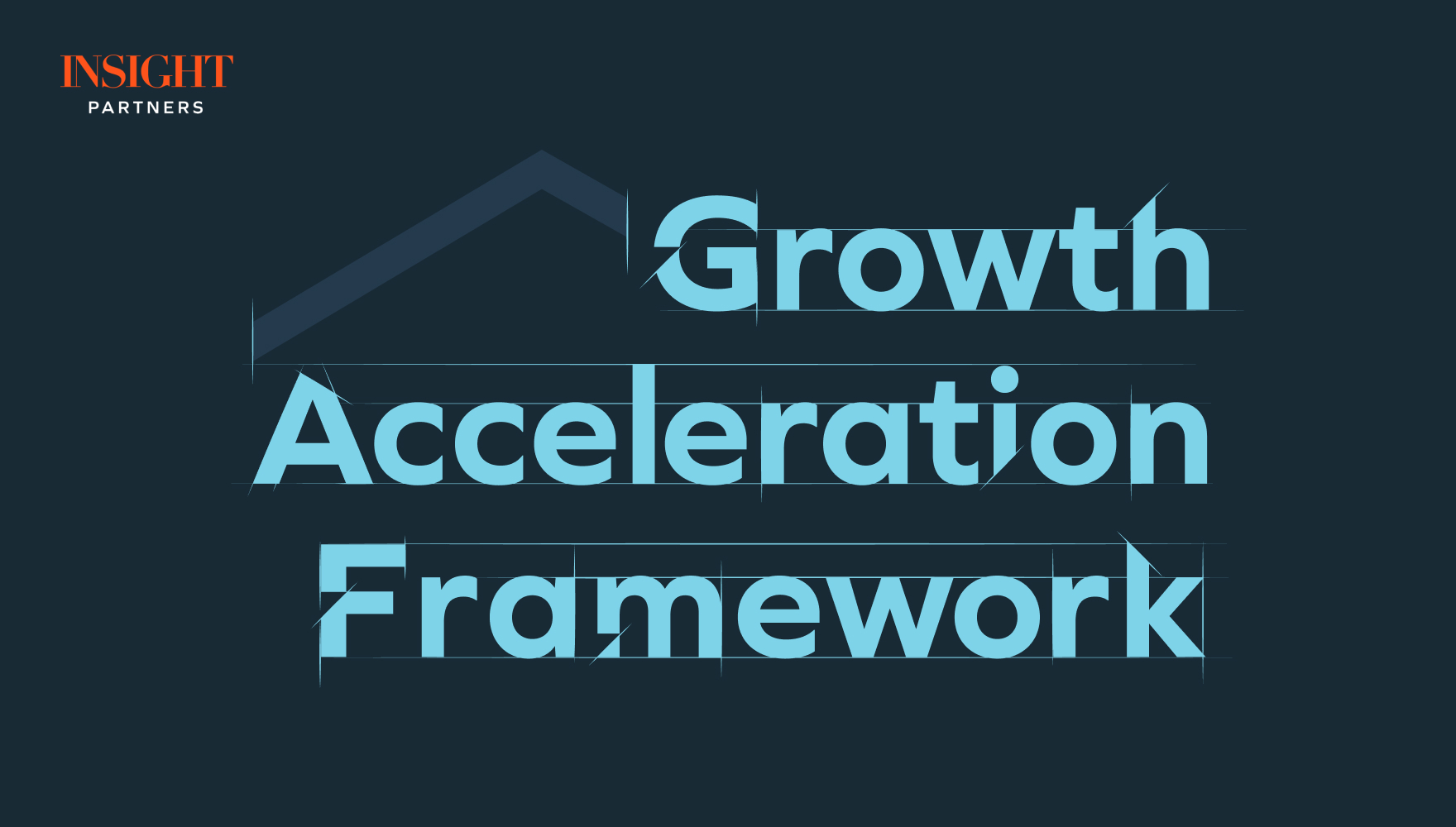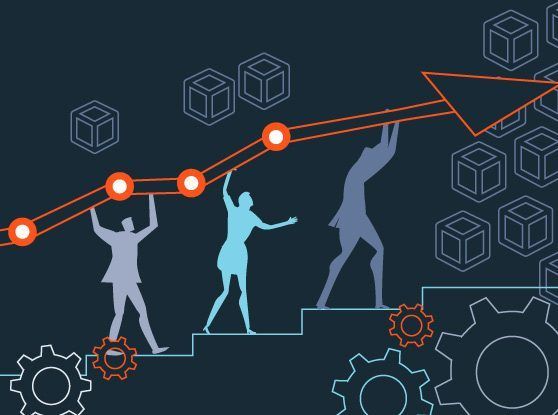What are the Key Drivers to Maximize your SaaS Revenue Model

Software-as-a-Service (SaaS) models have come to define how countless businesses and consumers access technology. Software companies have been instrumental in promoting this change, but the switch to SaaS doesn't always come easily. Building a SaaS revenue model requires deep analysis of your capabilities as a software provider relative to market demands, something that blends defining your brand identity and understanding how the market is shifting at any given time.
Defining a SaaS revenue model is challenging in its own right. It's particularly challenging transitioning from traditional software to a SaaS subscription model. While this core shift in the sales process is among the defining factors in SaaS revenue generation, it isn't the only issue at hand. SaaS requires a precise pricing model, generates different types of revenue streams, changes the customer acquisition process and, in effect, disrupts traditional sales processes. Success with SaaS comes down to more than a good price model that includes a fair monthly fee.
Maintaining strong customer relationships that allow you to go from landing a sale to expanding your footprint with a user is critical to sustaining success. This requires a careful blend of continued technical innovation with relationship management. Finding this balance begins by understanding how customer behaviors have changed in the SaaS era.
Part 1: New Customer Expectations Dictate the Market
Subscriptions Fuel Convenience but can Drive Churn
Subscription models create a monumental shift in how software developers and customers interact. Imagine you built a traditional software suite to support vendor relationship management. One year, you release a new solution. You spend months initiating sales cycles, training new users, and making gradual updates and patches based on bugs that emerge. As you go through this process, you identify features your customers may want and track how the market is changing. This information feeds into your ideas for the next iteration of software and you start building it.
Over time, your sales decline as newer solutions reach the market, but your strong customer base puts you in a position for a sales spike when you release your next software iteration.
The situation is straightforward and, if you've been working in software for a while, you know it well. The simple reality is that the complexity of deploying traditional software and training users meant that businesses needed to commit to a specific software ecosystem. Changing to a different solution brings technical hurdles, interface changes, and data protocol shifts that can be seriously disruptive.
This changes completely in the cloud. Now that you're selling subscriptions and eliminating the customer commitment to launching your application, users can easily switch between services. If your SaaS option isn't meeting a user's need. What's more, if cloud customers think you aren't responsive to their requests for new features or support, they can find other providers.
There are a few clear tactics to deal with these types of retention issues, such as implementing annual contracts instead of monthly contracts. But SaaS companies typically want to create convenience in their customer base, and that ease of access inherent in the subscription model can lead to churn rates that are unsustainable.
Beyond Subscriptions: Customers Demand Agility
The early days of the SaaS industry were marked by out-of-the-box software that was moved to the cloud and delivered with convenience and speed. As businesses have become more reliant on digital technologies, they often expect more from the software they use.
BCC Research found that the global SaaS market is poised to expand at a compound annual growth rate of 16.4 percent from 2017 through 2022. While this expansion is exciting, the increased popularity of SaaS solutions is leading to high expectations from customers. The research indicates that while businesses are depending more on the cloud, they are also looking for the most flexible and scalable solutions possible to maximize value creation.
Today's cloud users aren't willing to sit back and accept a solution that doesn't meet their needs. Offering customization features is critical in giving customers the freedom to tailor your solution to their requirements. Additionally, providing a clear roadmap for how you plan to grow your SaaS system over time can create transparency that fosters strong customer relationships.
The pressure to evolve quickly in response to customer demands is evident in the rapid rise of app platforms that let businesses build their own custom apps. The market for low-code app development platforms is set to expand at a compound annual growth rate of 54.5 percent from 2017 to 2025, according to Transparency Market Research. Relevant?
If you can't grow your product over the customer's lifetime working with you, they're either going to switch apps when the contract runs out or build their own solution. The pressure to maintain constant innovation impacts your core SaaS business model, pushing you to adjust your pricing model and customer acquisition strategies to ensure you can support ongoing development without digging too deeply into revenues.
Keeping Churn Rates Down
We all know the old adage that it's cheaper to retain a customer than to sell to a new client. In the SaaS world, this remains true even if you have the data center systems and development resources to quickly roll out new server instances to support additional customers in a hurry.
Reducing churn requires careful relationship management that covers the entirety of the customer journey. To accomplish this, it's vital to:
- Provide flexibility in how you demo the product and let users explore the features you offer.
- Communicate and demonstrate your unique selling proposition so prospects can differentiate between your offering and those from competitors.
- Work with diverse stakeholders in the buying organization to ensure you have multiple voices on your side.
- Establish the groundwork for an ongoing relationship in which you are readily available to meet client needs as they shift and grow.
- Structure contracts to create some sense of commitment.
- Provide visibility into your development roadmap.
- Seriously consider customer requests for new features or customization tools.
- Monitor competitor activities and market trends to get ahead of future requirements.
- Provide opportunities for upsells and continued engagement beyond the initial sale.
Taking a relational approach to everything from marketing to sales and customer relationship management can help keep churn low. In general, you can still expect more churn from smaller businesses as they tend to have more agility to change often as new needs emerge. Large enterprises, on the other hand, generally have more bureaucracy and deeper IT demands that push them to invest more heavily in each solution they need. As such, you should push for lower churn rates among larger customers.
Creating a Retention-focused SaaS Revenue Model
The ease with which SaaS users can switch between apps makes relationships particularly important. If your SaaS revenue model focuses heavily on your price model and point of sale process, you could be left landing good deals, but struggling to expand the relationship and create new revenue opportunities. Building out a sales and marketing process that fosters continued engagement is critical in a SaaS revenue model. To do this, you'll have to do some deep analysis to determine how your infrastructure and development costs impact your bottom line.
Part 2: Balancing Infrastructure and Development Demands
The new customer expectations driving cloud sales processes make development and hosting particularly critical. Whether you're managing your cloud infrastructure in-house or using an external data services provider, you'll need to plan for capacity changes, ensuring you maintain enough flexibility to meet service level agreements while minimizing excess capacity that is contributing to revenue creation.
With customer experiences dictating loyalty and relationship-building in the SaaS world, maintaining high standards for quality of service is essential. Your data center infrastructure makes that possible, offering the network and processing back end you need to ensure you always meet performance benchmarks. But the costs of competing on SaaS performance can be prohibitive. Balancing your customer needs with industry standards and competitor capabilities is critical. You may not have to have the highest-performing cloud in your segment, but you should make sure the infrastructure supporting your SaaS systems can support your vision for the end-user experience.
Development issues further complicate this situation. You'll need to maintain test environments so your dev team can run trial instances of new updates and have a lab environment to test features. But you also need to recruit and retain talent, balance the pace of innovation with the need for security, put sufficient resources into testing, and evolve from agile methodologies toward continuous integration.
Practically speaking, these strategies are all valuable in diverse ways. But when it comes to your SaaS revenue model, what really matters is how each development and infrastructure decision impacts the end-user experience. Balancing cloud pricing with product features, performance capabilities and customer expectations is about much more than just understanding the dynamics of a move to SaaS subscription models. Gaining the deep awareness of your situation begins with having the right data. Identifying and tracking key metrics is critical.
Part 3: Essential Metrics to Track to Assess and Forecast Revenues
The close relationship between customer experiences and your development and infrastructure capabilities makes a strong awareness of your operational performance that is instrumental for success. The days of tracking basic sales benchmarks are disappearing. Instead, we typically recommend organizations get involved in customer analytics. A few key metrics to track include:
Customer acquisition cost (CAC): For the most part, the goal is to create sales and marketing processes that foster a customer acquisition cost that is lower than the average customer lifetime value (LTV). That said, if your onboarding process has significant tech overhead, you may also want to incorporate any development or server rollout costs into the acquisition costs that come with onboarding a new client.
Deferred revenue: Generally, the SaaS subscription model comes with monthly payments. But deferred revenue exists when customers pay for a subscription term at the start, giving you immediate cash. While the instant capital is exciting, the actual revenue is generated on a deferred basis, meaning the higher funds on hand in the moment can create an illusion of strong fiscal health that masks weaknesses.
Conversion rates: Improving your conversion rates is great for sales, but it also shows that you've developed a stronger understanding of why customers buy your solution. A strong conversion rate shows that your sales and marketing teams are showcasing your product in the right light. Analyzing conversions helps you identify how well you're able to live up to your revenue model through positive sales and marketing engagement.
Customer lifetime value (CLTV): This metric is straightforward. Understanding the average value of a customer over his or her life working with you serves as a milestone that you can use to determine what you can afford on various back-end activities that could strengthen customer experiences. Further explain?
Annual recurring revenue (ARR): If you tend to have long-term subscription deals (12 months or longer), then annual recurring revenue can help you forecast revenue by projecting subscription revenues for a set period based on your current and historical data.
Monthly recurring revenue (MRR): This serves pretty much the same purpose as the annual recurring revenue metric, but is a more natural fit for SaaS providers that structure contracts around monthly or similarly short-term agreements.
Burn rate: Losing cash in the short-term while you invest in your business isn't always a sign of poor revenue modeling. However, having a clear understanding of your burn rate and setting goals for improvements can go a long way in creating a cohesive path toward growth.
Building a SaaS Revenue Model to Support Growth
The SaaS revolution has turned the software industry into a relationship business. Maintaining a strong relationship depends on close coordination between sales and marketing to onboard customers and expand your reach. Strong customer experiences rely on continued innovation in development and infrastructure. Creating a SaaS revenue model depends on balancing the costs of putting resources into sales, marketing, development and other core operations with the value your customers bring back.
Of course, that sounds much simpler than it is, and strong, data-based decision-making is critical in not only finding success, but also sustaining it. At Insight Venture Partners, we have a long history of working closely with software companies and providing guidance as they take the journey toward enterprise-scale growth. We'd love to talk more about developing revenue models. Contact us today if you'd like to chat.









